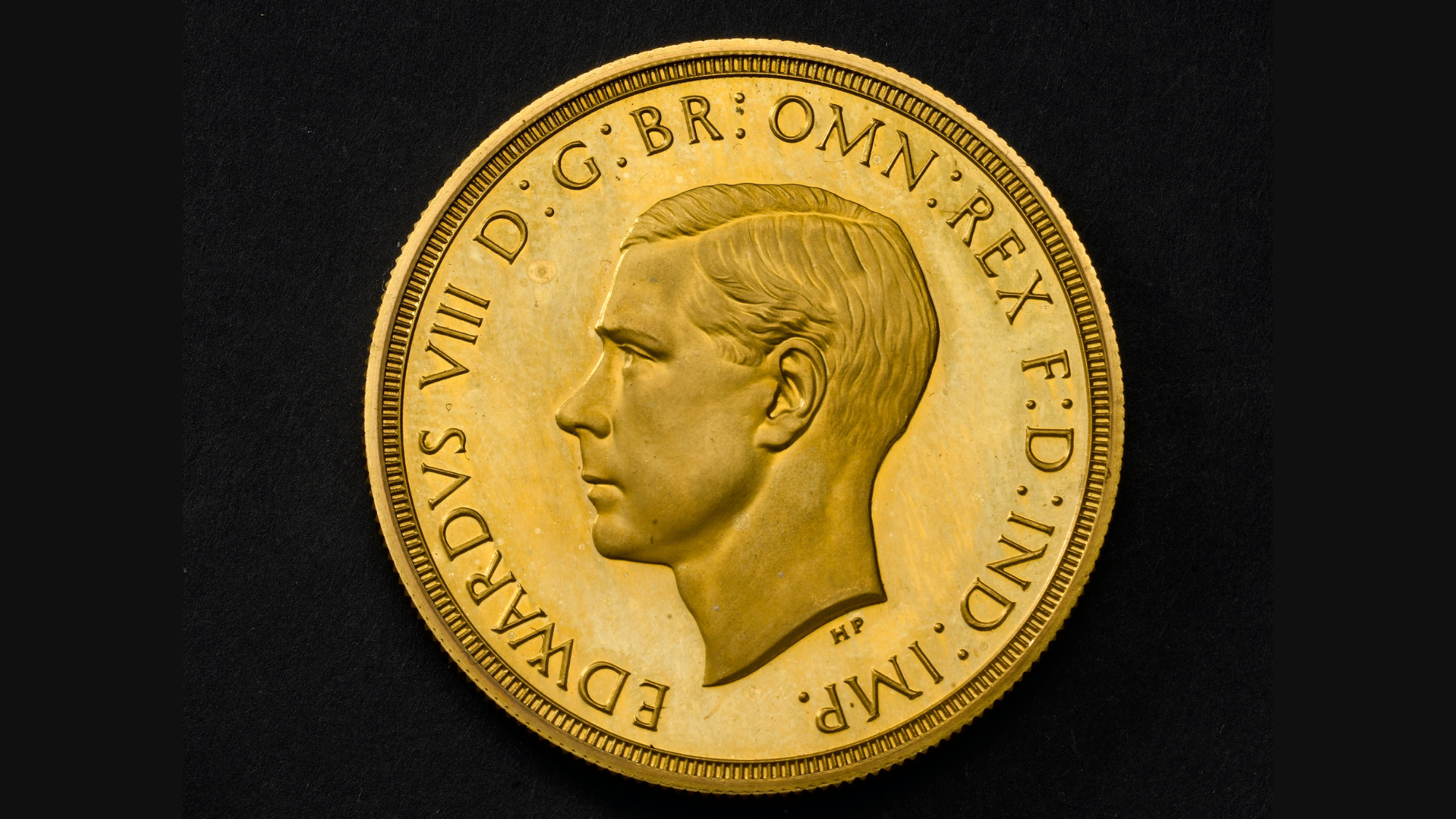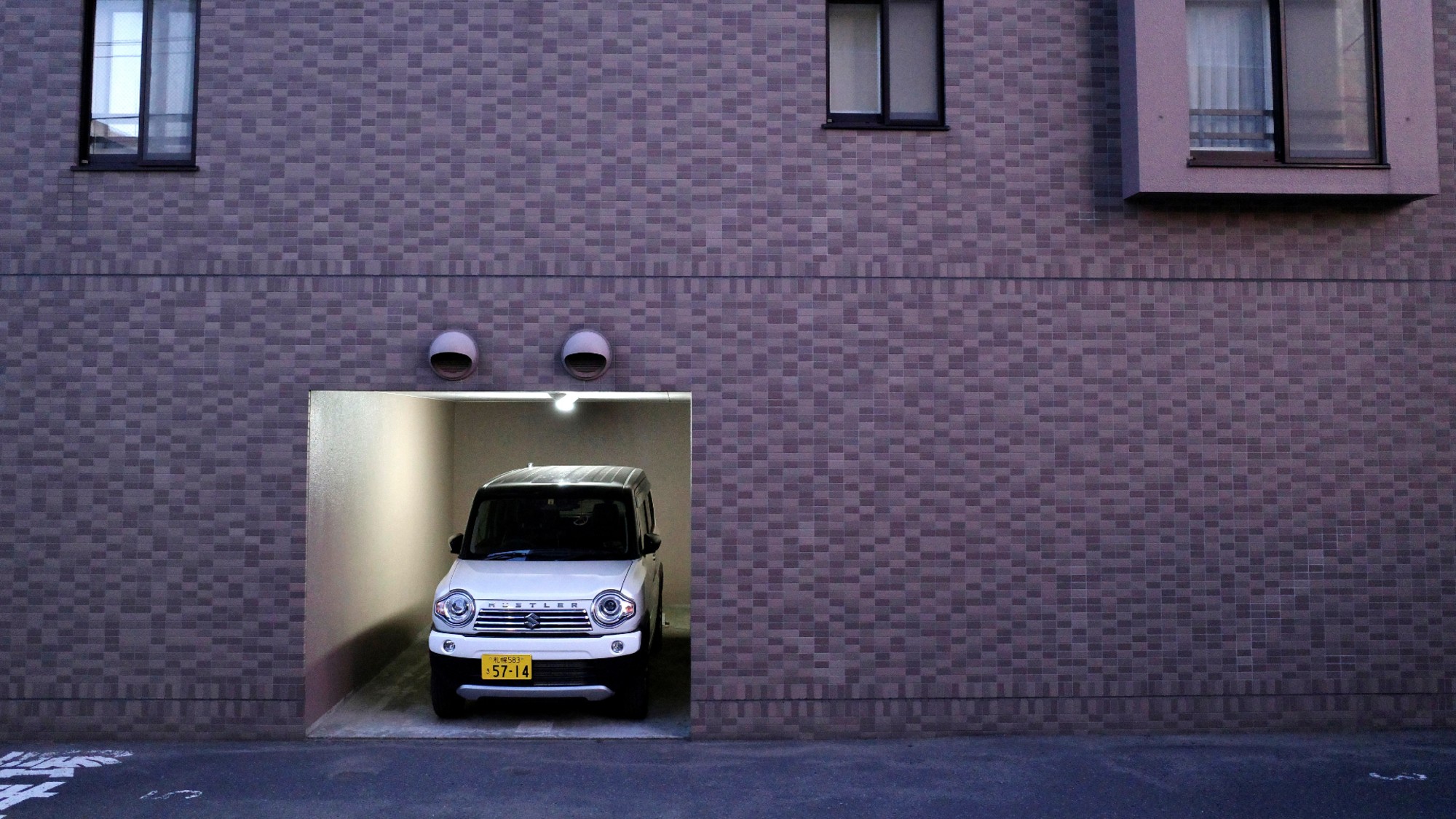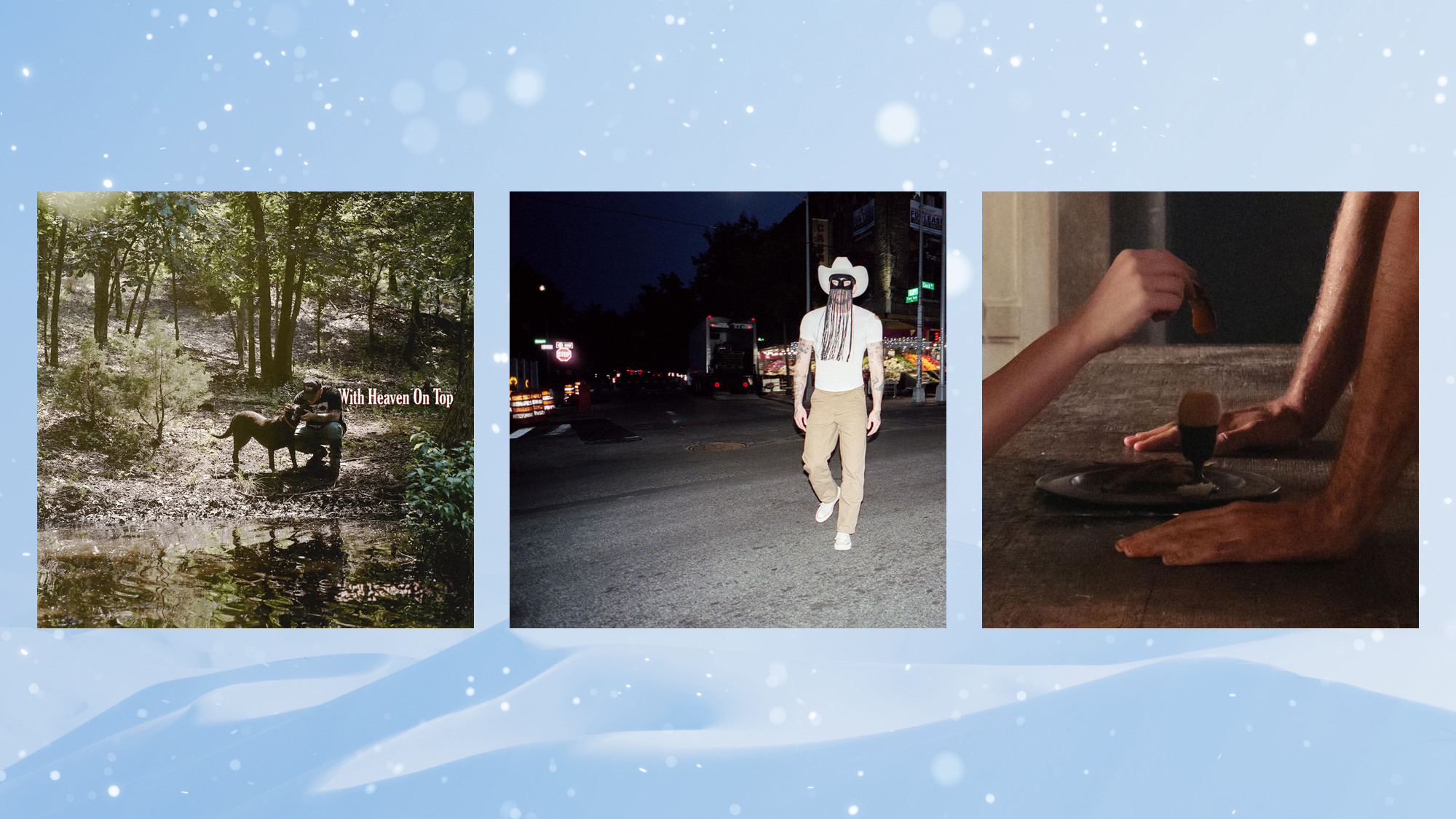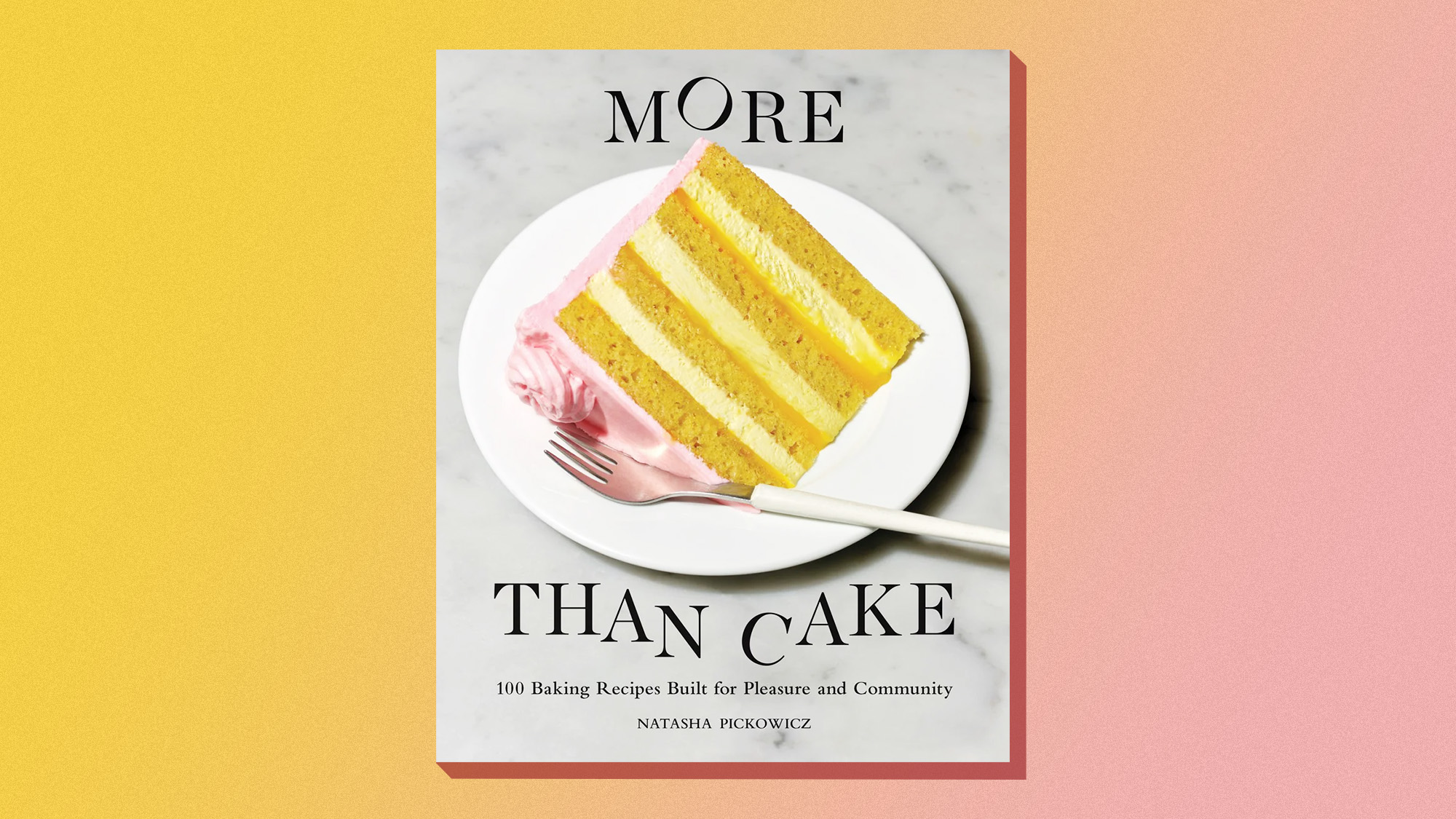Money Talks: Art, Society and Power – a 'fascinating' show
Ashmolean exhibition cashes in on the lure of money with a dress stitched with banknotes and Banksy's iconic 'Di-Faced Tenner'

The "serpentine flash of a dollar sign" in Andy Warhol's striking canvas is the perfect opening to an exhibition that explores money through art.
"Money Talks: Art, Society and Power" at the Ashmolean Museum in Oxford delves deep into this complex relationship; "money, after all, is in itself both an image and an object", said Laura Cumming in The Observer.
One of the most "enthralling" parts of the show is the section that explores how art is transformed into coins and banknotes. A series of portraits of Edward VIII are on display and they demonstrate the complexity of this process; some were discarded for showing the King as too young or not wearing the right clothing. Edward himself favoured the "modern" designs of John Francis Kavanagh that were "tersely rejected" by the Royal Mint: "Mr. Kavanagh's 'Cubist' designs cannot be taken seriously." In the end it didn't really matter as the King abdicated in 1936 and the coins were shelved.
The Week
Escape your echo chamber. Get the facts behind the news, plus analysis from multiple perspectives.

Sign up for The Week's Free Newsletters
From our morning news briefing to a weekly Good News Newsletter, get the best of The Week delivered directly to your inbox.
From our morning news briefing to a weekly Good News Newsletter, get the best of The Week delivered directly to your inbox.
It is "startling" to discover that Arnold Machin's plaster bust of Queen Elizabeth II is one of the most reproduced images in history, having appeared on billions of postage stamps across the world. The original sculpture is on display at the exhibition, alongside Martin Jennings' "characterful" modelling of King Charles III's head from 2023.
Elsewhere, it's interesting to see how Elizabeth II is portrayed differently on banknotes from several Commonwealth countries: she appears "fatter, thinner, older, eyes more sunken or lowered" depending on the country.
Other highlights include Rembrandt's etching "The Goldweigher", with his "fatly bagged coins"; Banksy's "Di-Faced Tenner", in which he replaced the head of Elizabeth II with Princess Diana; and Susan Stockwell's "dramatic" Victorian-style "Money Dress" stitched from banknotes.
The section on attitudes to money reveals a "fascinating" contrast, said Emma Duncan in The Times. While in Eastern art "money is delightful stuff", with countless gods and goddesses shown alongside symbols of wealth, Western artists take their lead from the Bible and portray it as sinful and corrupt.
A free daily email with the biggest news stories of the day – and the best features from TheWeek.com
But the exhibition avoids examining some of the "big questions" that the relationship between money and art inevitably raises. Somewhat "oddly", the Ashmolean – which renamed its Sackler Galleries in 2023 once the "lethal" consequences of the family's opioid-funded fortune became clear – fails to explore the way wealthy people use their money to strengthen their reputations. And the final section on non-fungible tokens "left me completely baffled".
Still, it's an absorbing show and the museum is filled with beautifully displayed treasures. "I'll take any excuse to go," said Duncan.
Money Talks: Art, Society and Power, Ashmolean Museum, Oxford until 5 January 2025
Irenie Forshaw is a features writer at The Week, covering arts, culture and travel. She began her career in journalism at Leeds University, where she wrote for the student newspaper, The Gryphon, before working at The Guardian and The New Statesman Group. Irenie then became a senior writer at Elite Traveler, where she oversaw The Experts column.
-
 Could smaller cars bring down vehicle prices?
Could smaller cars bring down vehicle prices?Today’s Big Question Trump seems to think so, but experts aren’t so sure
-
 2025’s most notable new albums
2025’s most notable new albumsThe Week Recommends These were some of the finest releases of the past year
-
 Trump aims to take down ‘global mothership’ of climate science
Trump aims to take down ‘global mothership’ of climate scienceIN THE SPOTLIGHT By moving to dismantle Colorado’s National Center for Atmospheric Research, the White House says it is targeting ‘climate alarmism’
-
 2025’s most notable new albums
2025’s most notable new albumsThe Week Recommends These were some of the finest releases of the past year
-
 The 8 best comedy series of 2025
The 8 best comedy series of 2025the week recommends From quarterlife crises to Hollywood satires, these were the funniest shows of 2025
-
 8 touring theater productions to see this winter, all across the United States
8 touring theater productions to see this winter, all across the United Statesthe week recommends New shows and reconsidered productions are on the move
-
 10 upcoming albums to stream during the winter chill
10 upcoming albums to stream during the winter chillThe Week Recommends As the calendar turns to 2026, check out some new music from your favorite artists
-
 One great cookbook: Natasha Pickowicz’s ‘More Than Cake’
One great cookbook: Natasha Pickowicz’s ‘More Than Cake’the week recommends The power of pastry brought to inspired life
-
 Henri Rousseau: A Painter’s Secrets
Henri Rousseau: A Painter’s Secretsfeature Barnes Foundation, Philadelphia, through Feb. 22
-
 11 extra-special holiday gifts for everyone on your list
11 extra-special holiday gifts for everyone on your listThe Week Recommends Jingle their bells with the right present
-
 The real tragedy that inspired ‘Hamlet,’ the life of a pingpong prodigy and the third ‘Avatar’ adventure in December movies
The real tragedy that inspired ‘Hamlet,’ the life of a pingpong prodigy and the third ‘Avatar’ adventure in December moviesThe Week Recommends This month’s new releases include ‘Hamnet,’ ‘Marty Supreme’ and ‘Avatar: Fire and Ash’